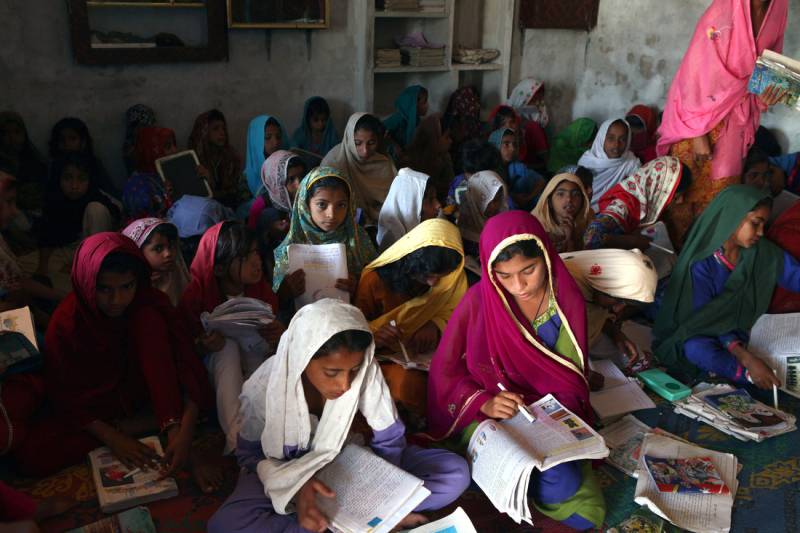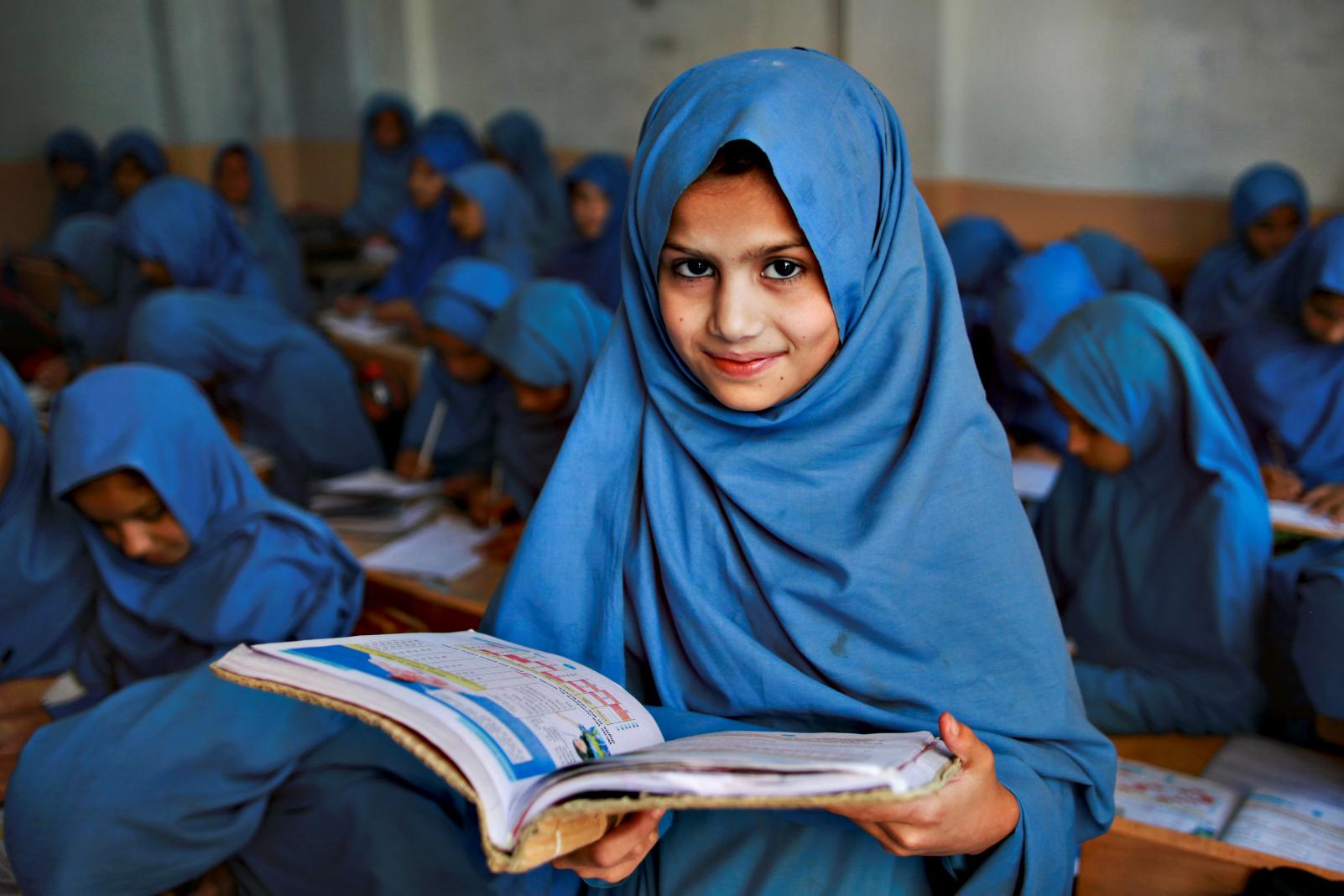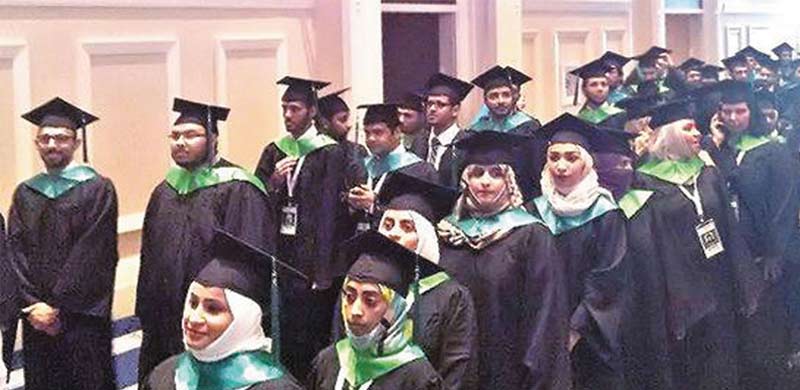
For Pakistan, the year 2020 concluded with the same impending challenges as 2019 plus Coronavirus. To name a few; Pakistan’s staggering population growth rate of 2.4 percent made it one of the fastest growing countries in South Asia; Pakistan’s trajectory of gas shortages took no “U-turns” ending the year with a 500mmcfd shortfall; Pakistan’s economic progress remained stunted as inflation hiked to 7.97 percent .
Where in 2020 we saw the global community protesting against authorities for the provision of more ventilators, in Pakistan the similar cry remained vastly overshadowed by the chants of “roti kapra makaan” (food, clothing, housing). And rightly so because ~24 percent of the country’s population lives below the poverty line. What is disheartening is that a majority of the middle and upper-middle class did nothing better but waste time commenting on how Syra Yousuf’s and Shahryar Munawar’s photoshoot was against the country’s social norms and culture. We have not done much during the past 73 years to deal with the real issues corroding our society, and if nothing is done now, we’ll end up talking about the same things again next year.
This year, the world collectively saw how doctors and the paramedical staff fought as front-line warriors against the Coronavirus. Without them, the results would have been catastrophic. In Pakistan, health sector workers who lost their lives while trying to save us were given the status of “shaheeds” (martyrs)—the highest honor of patriotism given to a soldier. What we are oblivious to is the fact that globally, health workforce is primarily composed of women—the marginalized segment that we choose not to educate or prioritise under the name of social norms, customs and sometimes, religion.
Women constitute 49.18 percent of the total population of Pakistan while only 14.5 percent are a part of the labour force. Moreover, a gigantic 48 percent females of the country aged 10+ remain illiterate. A major cause of this are the patriarchal values that guard our social structure. Women are raised not to be active members of the economic society but to be child bearers and domestic managers for their male counterparts. Even for females who are fortunate enough to be born in families where these values are less prevalent, societal pressure and risk of sexual assault restricts education above a certain level.
Another reason for this gender imbalance is the failure of the public sector to provide safe access of education to females. In rural areas, schools are generally located at distance. This makes females more prone to violence. A recent study by the Global Women’s Institute estimated that approximately 60 million girls are assaulted on their way to or at school every year around the world. Since there is social stigma attached to the victims of such violence, girls drop out of school early and never return.
What we have failed to understand is that educating women is more economically feasible and has a butterfly effect on the economy. This is especially critical given the current state of the global and Pakistani economy. The value proposition of educating a woman is one to many. If we educate a woman, the family gets educated, the children get educated and so does the whole community. This eventually results in better socio-economic outcomes. “The power of girls’ education on national economic growth is undeniable: a one percentage point increase in female education raises the average gross domestic product (GDP) by 0.3 percentage points and raises annual GDP growth rates by 0.2 percentage points”, wrote Jo Bourne, the Chief Technical Officer of Global Partnerships for Education.
Moreover, educated women are less likely to be married early and hence are more likely to delay parenthood. This leads to lower levels of population growth and eased off burden on the country’s resources.
The sad reality is that despite such a clear proposition, no real effort has been made by the governments to address these issues. And even where some effort is visible, the pace of change is extremely slow. To top it all off, the on-going pandemic is expected to impact further progress negatively. A report by the Malala Fund estimates that “20 million more secondary school-aged girls could be out of school following the crisis”, and unfortunately Pakistan will be among the other developing countries in the leaderboard.
Where in 2020 we saw the global community protesting against authorities for the provision of more ventilators, in Pakistan the similar cry remained vastly overshadowed by the chants of “roti kapra makaan” (food, clothing, housing). And rightly so because ~24 percent of the country’s population lives below the poverty line. What is disheartening is that a majority of the middle and upper-middle class did nothing better but waste time commenting on how Syra Yousuf’s and Shahryar Munawar’s photoshoot was against the country’s social norms and culture. We have not done much during the past 73 years to deal with the real issues corroding our society, and if nothing is done now, we’ll end up talking about the same things again next year.
This year, the world collectively saw how doctors and the paramedical staff fought as front-line warriors against the Coronavirus. Without them, the results would have been catastrophic. In Pakistan, health sector workers who lost their lives while trying to save us were given the status of “shaheeds” (martyrs)—the highest honor of patriotism given to a soldier. What we are oblivious to is the fact that globally, health workforce is primarily composed of women—the marginalized segment that we choose not to educate or prioritise under the name of social norms, customs and sometimes, religion.
Women constitute 49.18 percent of the total population of Pakistan while only 14.5 percent are a part of the labour force. Moreover, a gigantic 48 percent females of the country aged 10+ remain illiterate. A major cause of this are the patriarchal values that guard our social structure. Women are raised not to be active members of the economic society but to be child bearers and domestic managers for their male counterparts. Even for females who are fortunate enough to be born in families where these values are less prevalent, societal pressure and risk of sexual assault restricts education above a certain level.

Another reason for this gender imbalance is the failure of the public sector to provide safe access of education to females. In rural areas, schools are generally located at distance. This makes females more prone to violence. A recent study by the Global Women’s Institute estimated that approximately 60 million girls are assaulted on their way to or at school every year around the world. Since there is social stigma attached to the victims of such violence, girls drop out of school early and never return.
What we have failed to understand is that educating women is more economically feasible and has a butterfly effect on the economy. This is especially critical given the current state of the global and Pakistani economy. The value proposition of educating a woman is one to many. If we educate a woman, the family gets educated, the children get educated and so does the whole community. This eventually results in better socio-economic outcomes. “The power of girls’ education on national economic growth is undeniable: a one percentage point increase in female education raises the average gross domestic product (GDP) by 0.3 percentage points and raises annual GDP growth rates by 0.2 percentage points”, wrote Jo Bourne, the Chief Technical Officer of Global Partnerships for Education.

Moreover, educated women are less likely to be married early and hence are more likely to delay parenthood. This leads to lower levels of population growth and eased off burden on the country’s resources.
The sad reality is that despite such a clear proposition, no real effort has been made by the governments to address these issues. And even where some effort is visible, the pace of change is extremely slow. To top it all off, the on-going pandemic is expected to impact further progress negatively. A report by the Malala Fund estimates that “20 million more secondary school-aged girls could be out of school following the crisis”, and unfortunately Pakistan will be among the other developing countries in the leaderboard.
